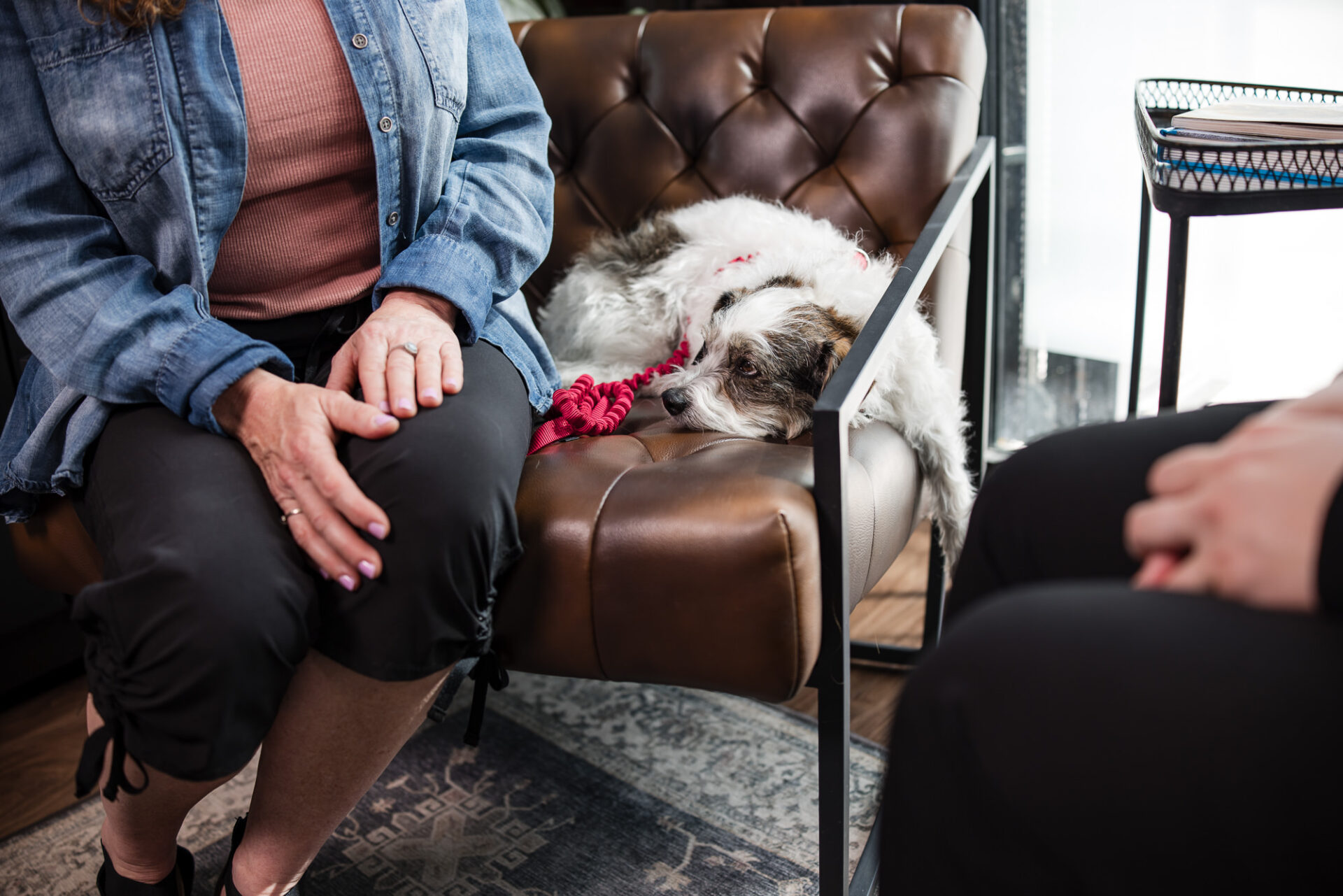Pet owners
Frequently asked questions
- Why Hallmarq’s small animal 1.5T MRI?
- My veterinarian recommended an MRI for my pet. Now what?
- Why does my pet need an MRI?
- What is an MRI?
- Is an MRI safe for my pet?
- Is my pet awake during an MRI?
- How long does the MRI take?
- How much does an MRI for my pet cost?
- Is the cost of the MRI scan covered by my insurance?
Your pet’s anatomy is unique and quite unlike that of a human. Which is why we designed our small animal 1.5T high-field MRI specifically for animals. Our unique V-shaped patient bed can comfortably hold the largest (or smallest) of dog breeds and means that your pet is better-positioned for scanning. In addition, top-opening coils facilitate easier, and more accurate imaging of those difficult- to- reach areas like the shoulder, for example. Our system is uniquely vet and pet specific to facilitate safe, fast and accurate scanning – meaning less time under anaesthesia for your pet, and peace of mind for you.
Your pet’s safety is all-important so why not use an animal-specific system designed with their best health in mind?



